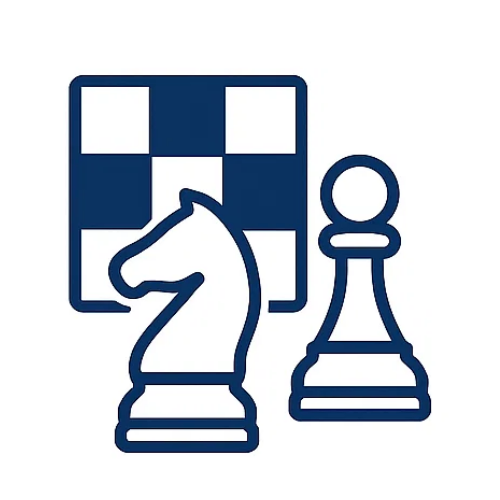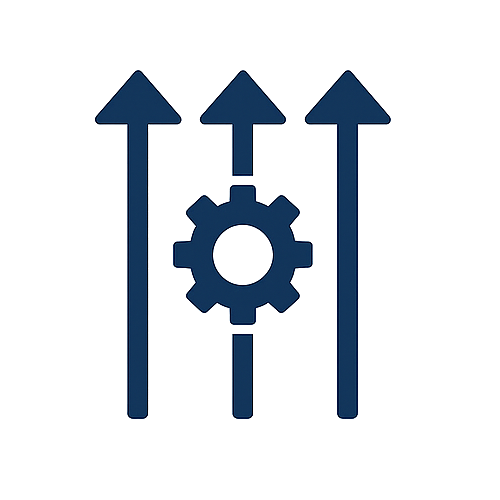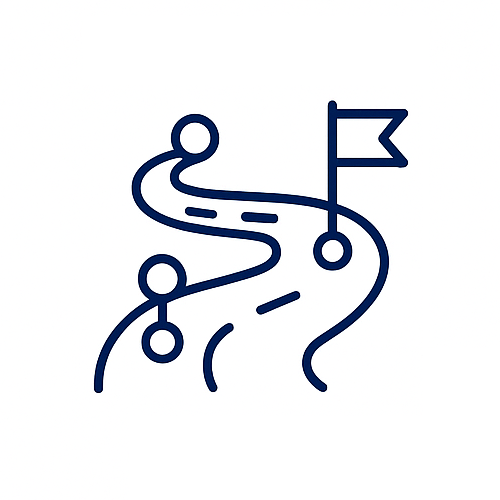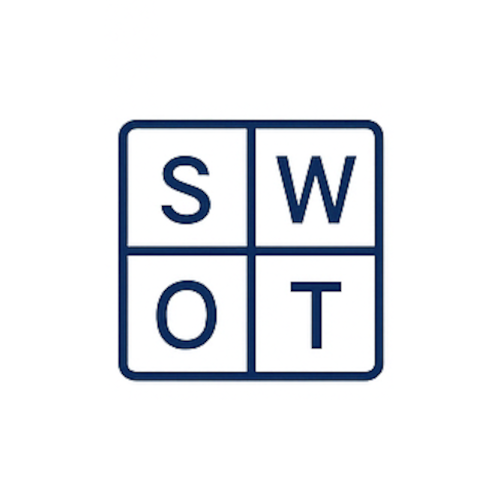Organizational agility is the capability to swiftly and effectively respond to changes in the market and business environment. With the rapid pace of change today, being agile is more important than ever. In this article, we will discuss why organizational agility matters and how strategic planning can support it through the use of strategic pillars, drivers, organization-wide goals, and cross-departmental initiatives.
The Importance of Organizational Agility
Organizational agility is crucial for several reasons. Firstly, it enables organizations to respond promptly and effectively to changes in the market. Today, the ability to adapt quickly is essential for survival, and organizations that are slow to respond risk being overtaken by more agile competitors.
Beyond responding to change, organizational agility fosters innovation. By maintaining flexibility and openness to new ideas, organizations can develop new products, services, and business models that help them remain competitive long term.
Additionally, organizational agility can enhance employee engagement and satisfaction. When employees perceive that their organization can respond quickly to changes, they are more likely to feel connected to their work, leading to higher job satisfaction and a more positive workplace culture.
Strategic Planning and Organizational Agility
Strategic planning plays a key role in supporting organizational agility. By establishing a clear strategic vision and roadmap, organizations can ensure alignment around common goals and objectives, facilitating collaboration across departments—an essential aspect of organizational agility.
One strategic planning approach involves the development of strategic pillars. These are broad areas of focus that an organization needs to excel in to achieve its overall vision and mission. By concentrating on these pillars, organizations can align their resources and activities around the most critical areas.
Strategic drivers, which are key concerns that complement the strategic pillars—such as profit, market share, and revenue—also play an important role. By focusing on these drivers, organizations can build the necessary capabilities and resources to achieve their objectives.
Setting organization-wide goals is another important aspect of strategic planning that supports agility. These goals, aligned with the strategic pillars, encourage departments and teams to work toward a shared vision, promoting collaboration across the organization.
Cross-departmental initiatives further support organizational agility by bringing together individuals from different departments to work on shared goals. These initiatives help break down silos, enhance communication, and drive innovation by leveraging diverse perspectives within the organization.
Conclusion
Organizational agility is the ability to quickly adapt to changes and new conditions in the market. Effective strategic planning supports this agility by providing clear goals, fostering teamwork, and ensuring everyone is aligned with the company’s objectives.
Sengi Solutions offers tools and resources to help you enhance your strategic planning and improve your organization’s agility. Visit www.sengisolutions.com to learn how we can assist you.












